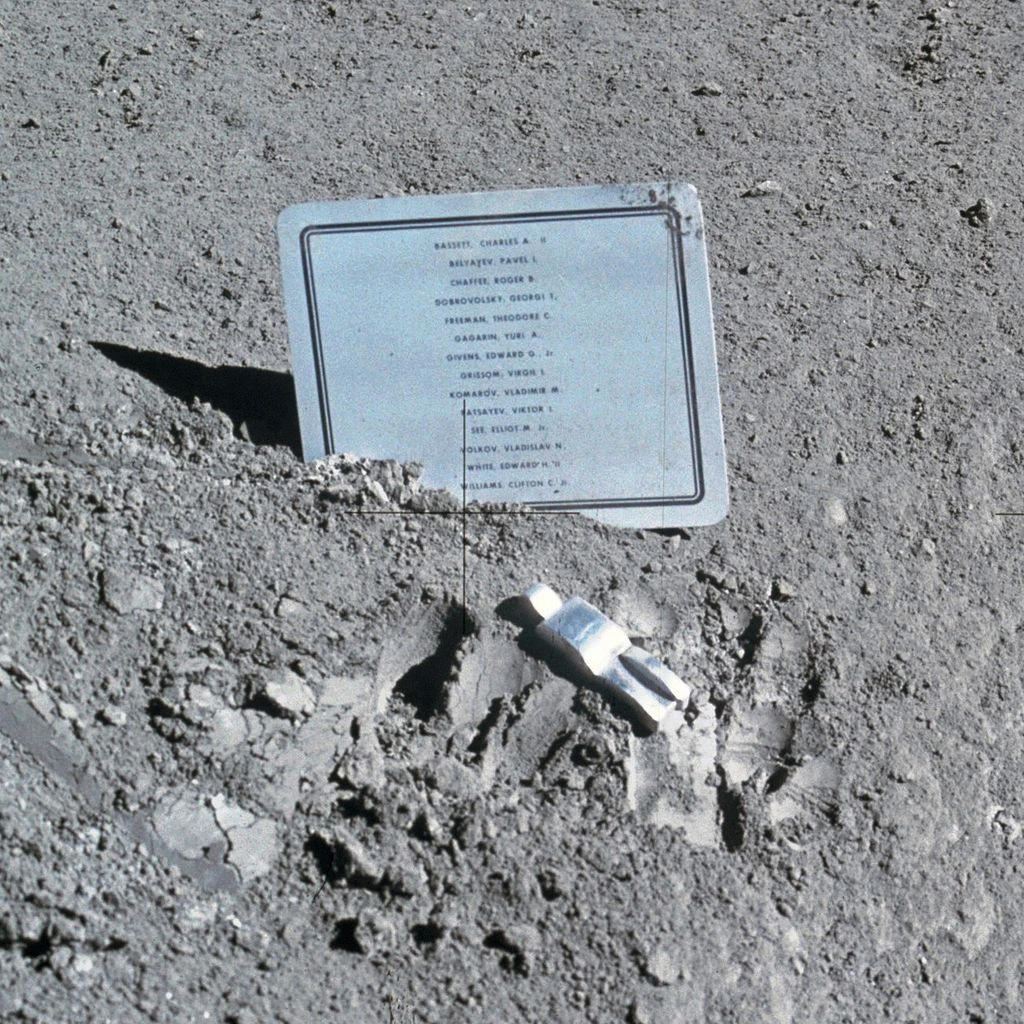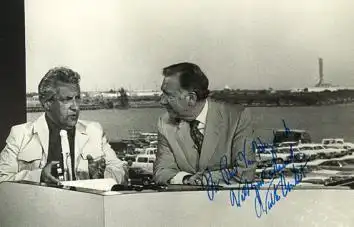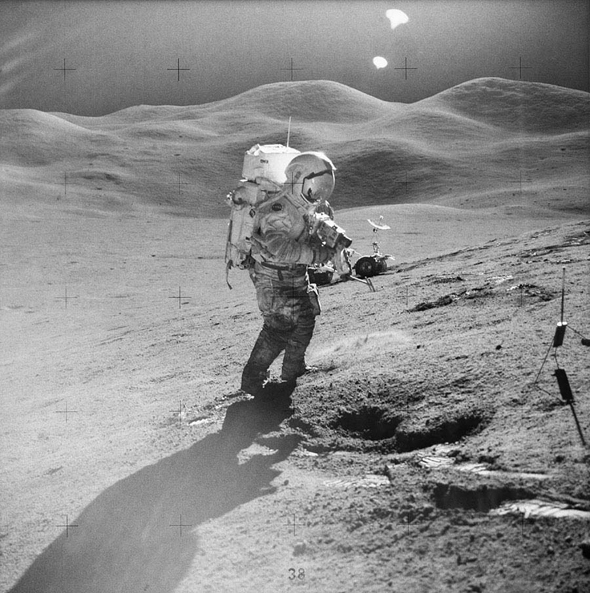A Secret Mission
In 1971, during the Apollo 15 mission, astronaut David Scott placed a small aluminum sculpture on the lunar surface. This 8.5-centimeter figure, created by Paul van Hoeydonck, was not part of the official mission manifest. It was a clandestine act of artistic expression, carried out in the vast silence of the Moon.
The sculpture was accompanied by a plaque listing the names of 14 astronauts and cosmonauts who had died in the pursuit of space exploration. Together, they formed a memorial unlike any other—one that would endure in the airless environment of the Moon for millennia to come.


